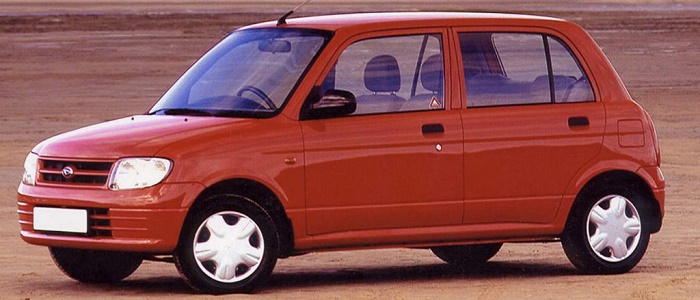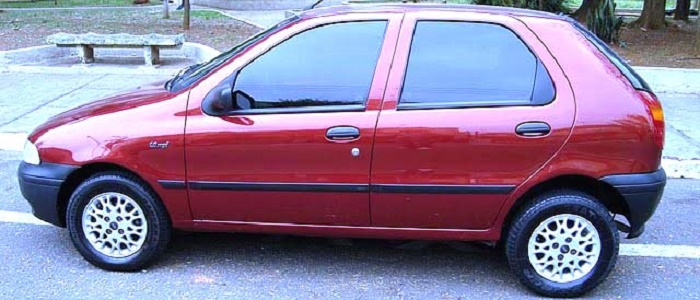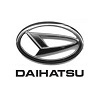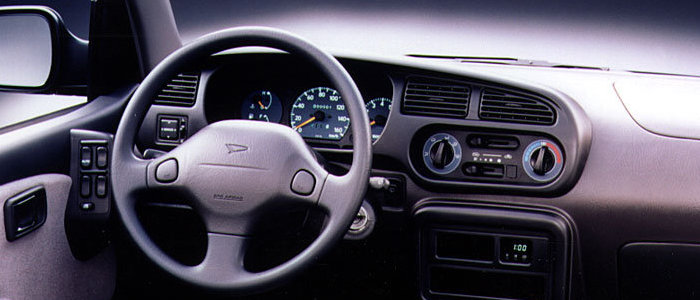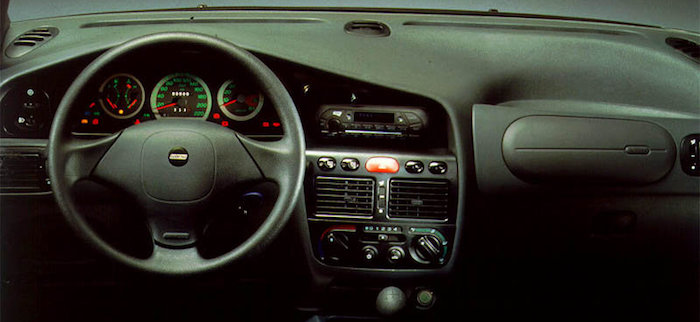Compare two cars
Compare any two cars and get our Virtual Adviser™ opinion
Marketing
Dimensons & Outlines
Engine
Performance (manual gearbox)
Performance (automatic gearbox)
Expenses
Virtual Adviser's™ opinion
Well, these are two pretty similar cars we have here! It's only details that could potentially make the difference. Considering they both belong to the city car segment and utilize the same 5-door hatchback body style and the front wheel drive system, it all comes up to the specific petrol engine choice they offer. The first one has a Daihatsu-engineered powertrain under the hood, a 3-cylinder, 12-valves 58hp unit, while the other one gets its power and torque from a 4-cylinder, 8-valves 60hp engine designed by FIAT.
SafetyUnfortunatelly, neither of the two vehicles was submitted to the European New Car Assessment Programme (Euro NCAP) testing. This makes it virtually impossible for me to pick one over the other and I'm generally against buying such cars as the safety should really always come first. Still, apart from the official crash test results there are other things we need to be aware of. Both vehicles belong to the city car segment, which is generally not a very good thing safety-wise, but that fact doesn't break the tie between the two cars. On the other hand, when it comes to weight, a factor that most people underestimate, the Italian car offers a potentially life-saving difference of 43% more metal.
ReliabilityReliability is not the best thing to consider on the make level, but it is worth mentioning that Daihatsu does have a slight advantage, at least on all of the models level. That's the official data, while our visitors describe reliability of Daihatsu with an average rating of 4.1, and models under the FIAT badge with 4.3 out of 5. Independent research findings rank Cuore as average reliability-wise, and Palio is more or less at the same level.That apart, owners of different cars powered by the same engine as the Japanese car rank it on average as 4.0 out of 5, exactly the same as the other one.
Performance & Fuel economyDaihatsu is way more agile, reaching 100km/h in 3.7 seconds less than its competitor. Still, it lacks the power to win the top speed competition, topping at 140 kilometers per hour, 13km/h less than the other car. When it comes to fuel economy the winner has to be the Japanese car, averaging around 5.1 liters of fuel per 100 kilometers (55 mpg), in combined cycle. We can't ignore that 33% difference compared to the Italian car.
Verdict
FIAT appears just a bit more reliable, although the difference is truly marginal. The most important thing when deciding between any two vehicles should always be safety, both passive and active. In my opinion, everything taken into account, the Italian car offers much better overall protection, which launches it ahead of the other contender. From there things take a different direction, with Daihatsu outracing its opponent in any situation possible, making it better choice for boy racers. To make things even better, it consumps less fuel! It's not difficult to say then that if I'd need to make a choice, it would definitely be the Daihatsu. In any case that's my personal view, built upon all the data available to me. What should decide here though is the way you feel about the two vehicles, and I hope you'll find my guidelines useful in the process. I suggest you spend two more minutes in order to find out which car, based on your needs and budget, would be picked by the virtual adviser™, out of 12.000+ vehicles we currently have in our database.























